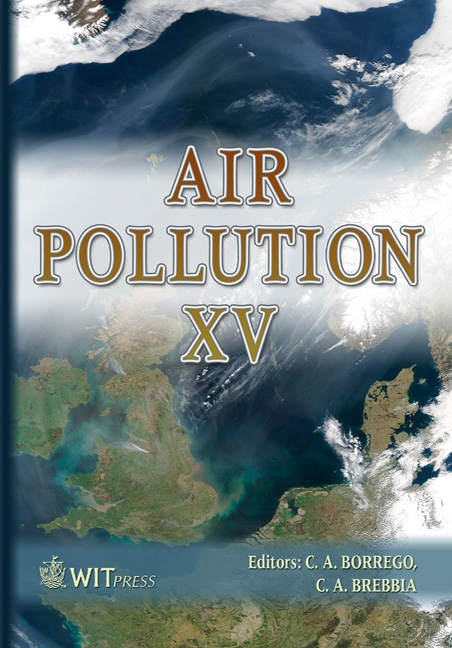Atmospheric Volatile Organic Compounds In A Portuguese Mountain Region
Price
Free (open access)
Transaction
Volume
101
Pages
9
Published
2007
Size
654 kb
Paper DOI
10.2495/AIR070451
Copyright
WIT Press
Author(s)
M. Evtyugina, T. Nunes, C. Alves & M. C. Marques
Abstract
Ambient air volatile organic compounds (VOCs) samples were simultaneously collected at two sites during two consecutive weeks of June 2006 at Alvão Natural Park, in the north of Portugal, where spring and summer ozone exceedances have been registered over the last years. One of the sites was located at the background air quality monitoring site of Lamas de Olo, in the Alvão Mountain. Other site was sampled on the outskirts of the Park to characterise the predominant upwind air masses associated with higher ozone levels. Stainless steel canister and sorbent tube sampling was performed for the determination of C2-C6 and C6-C11 non-methane hydrocarbons, respectively, after analysis by gas chromatography coupled with flame ionisation detection or mass spectrometry. Keywords: VOCs, tropospheric ozone, rural area, PEC. 1 Introduction In the last years, several photochemical episodes have occurred both in urban and suburban sites [1, 2] as well in rural areas [3, 4], being related to a set of photochemical reactions between VOCs and NOx. Tropospheric ozone is a photochemical secondary pollutant of major importance with effects on health, agriculture productivity, natural ecosystems and materials [5-7]. In the past, air quality problems in Portugal were usually focused on urban or important industrial areas, placed mainly along the Atlantic coast. Nevertheless, some studies performed in the last decade showed elevated ozone levels in rural areas far from the anthropogenic source emissions [8-10].
Keywords
VOCs, tropospheric ozone, rural area, PEC.





